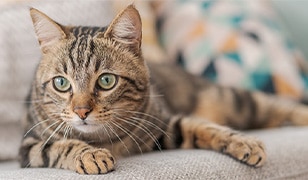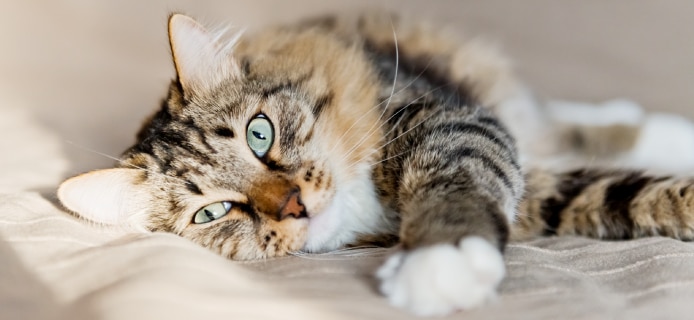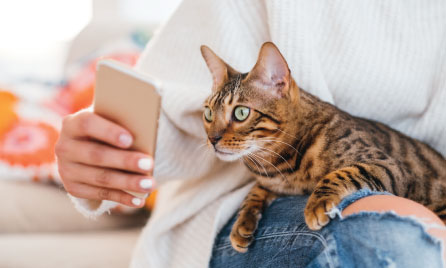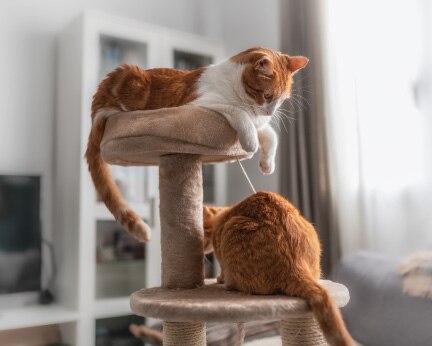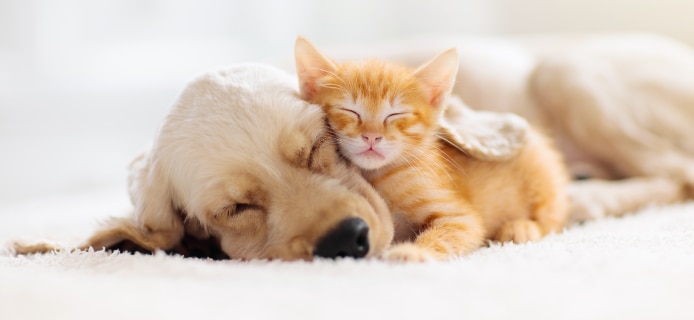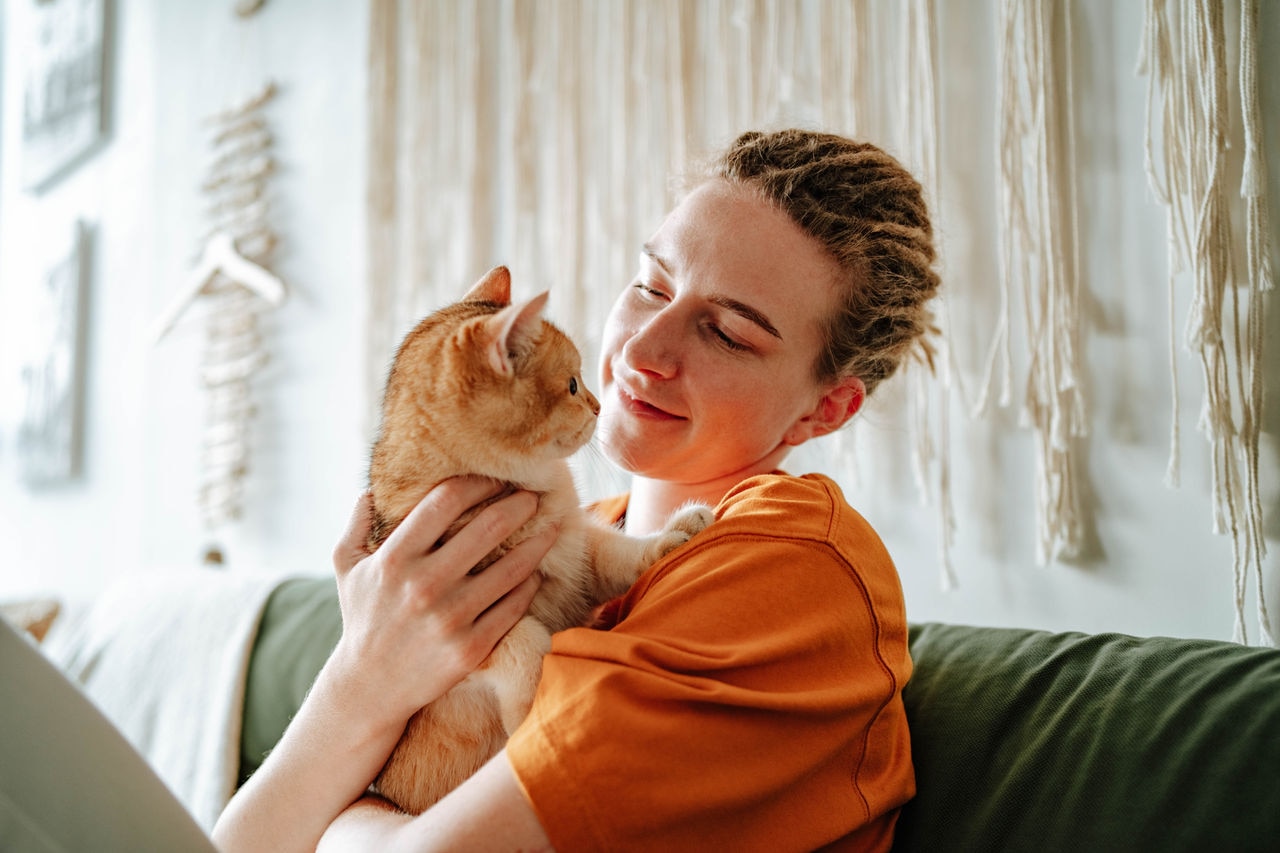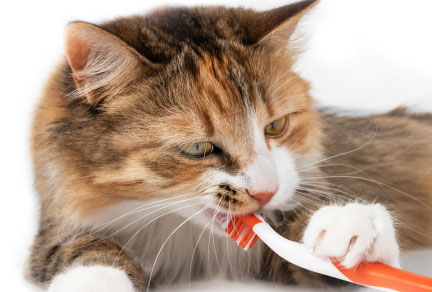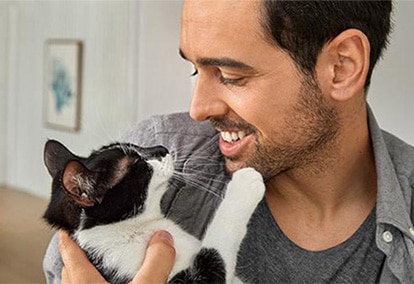- text
-
|| When: This offer is available between AEST 12:00 PM 08/10/25 and AEST 11:59 PM 01/02/26. Where: This offer is available when you buy an eligible Everyday Pet Insurance policy online. Who: This offer is personal to you and available only to Everyday Rewards members with an active registered Everyday Rewards Card. Everyday Rewards Plus Card holders are not eligible for this offer. How it works: To enjoy your first two (2) months of free cover, you must successfully link your active registered Everyday Rewards Card when purchasing an eligible Everyday Pet Insurance policy online during the offer period. This offer entitles you to two months free in your first policy year of your policy cover, provided the policy remains in force, with all premiums paid in full, and you remain an Everyday Rewards member. If you choose to pay annually, you will have the first two months free automatically deducted from the annual premium at the time of purchase. If you choose to pay by monthly or fortnightly instalment, you will not be charged an instalment for the first two months of your first policy period. Your payments will start from the third month of your policy period. The discounted premium will be shown on your Certificate of Insurance, which is sent on acceptance of your policy.
This offer is limited to one per Everyday Rewards member. Only one (1) offer may be selected under Unlock Your Offer.
You will no longer receive this offer if your policy is cancelled, you change your level of cover and/or your policy number changes, or if your Everyday Rewards account is cancelled, terminated, or suspended.
Enjoyment of this Everyday Rewards offer is subject to the Everyday Insurance Terms and Conditions. Please consider the Everyday Pet Insurance Product Disclosure Statement, Financial Services Guide and Target Market Determination available here to determine if the products are right for you. In addition to the above terms and conditions, by participating in the Everyday Rewards program you agree to the Everyday Rewards Terms and Conditions. Woolworths reserves the right to vary, withdraw or extend this discount or an offer at any time, and will provide reasonable notice of any adverse changes.
Top 10 cats of 2024.
Cats of all kinds are cherished across Australia, and in 2024 these 10 breeds led the pack in popularity. Using PetSure's policy data, we've shone a spotlight on some of the most common conditions treated by vets in 2024.
For instance, if 54% of insured cats of a certain breed were treated for gastroenteritis, approximately one in 20 claimed for this condition. We've also highlighted the prevalence of health ailments in specific breeds compared to other cats. These feline breed insights may help support early detection and help you feel more confident in caring for your cat.
Below is a limited summary only based on PetSure's Pet Health Monitor 2025.
As you’ll read later in this report, the top three conditions affecting cats of all ages were skin conditions, gastroenteritis, eye infections and ear infections. In this section, we’ve highlighted the prevalence of these top conditions for each breed - including the percentage that claimed for each condition - plus, we’ve identified other breed-specific health issues the breed claimed for more frequently compared to other breeds.
1. Domestic (short, medium & long hair).
Domestic cats—whether short, medium or long-haired—make up most of the insured feline population and set the baseline for feline health trends. Their rates for the top ten health conditions closely match the overall average trend but show a slightly higher incidence of urinary issues, likely due to varied backgrounds affecting hydration and litter box habits. Hyperthyroidism is also slightly more common in domestics, possibly linked to their longer lifespan and genetic diversity. As it typically appears in older cats. Though these differences are small, they underscore the need for regular wellness checks, especially for kidney and thyroid health as cats age.
Percentage of Domestic cats who claimed for these conditions in 2024:*
Skin Conditions: 2.6%
Gastroenteritis: 5.4%
Eye Infections: 2.5%
Ear Infections: 1.3%
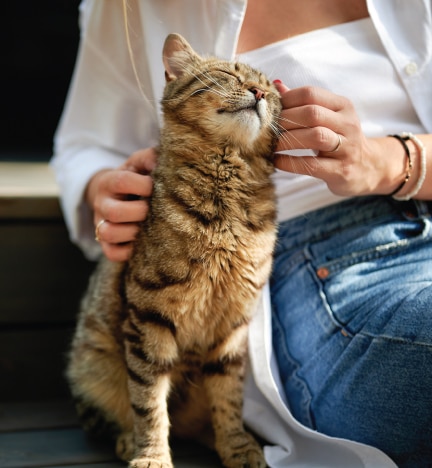
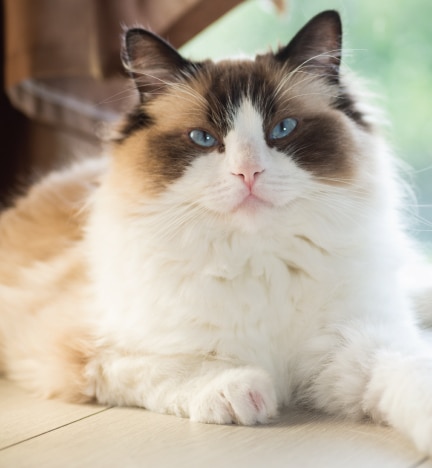
2. Ragdoll.
Ragdolls are one of the most popular cat breeds and generally align with the average for most health conditions, helping to define what's considered "normal" in the broader cat population. They do show a slightly higher rate of gastrointestinal issues, possibly due to food sensitivities or slower digestion. Eye conditions are also marginally more common, likely tied to genetic traits affecting ocular structure or tear production. Though these increases are modest, regular vet check-ups focused on digestive and eye health can help catch issues early and support the breed's calm, affectionate nature.
Percentage of Ragdolls who claimed for these conditions in 2024:*
Skin Conditions: 2.6%
Gastroenteritis: 5.4%
Eye Infections: 2.5%
Ear Infections: 1.3%
3. British Shorthair.
British Shorthairs are more prone than average to gastrointestinal, eye, and ear issues, likely due to their facial structure and genetics. Eye and ear problems occur at more than twice the typical rate, with digestive troubles also more common. They also face higher risks of infections, such as cat flu or feline upper respiratory tract infection (URI) and feline infectious peritonitis (FIP), and heart conditions, such as murmurs and cardiomyopathy. Behavioural issues are rare thanks to their calm, affectionate nature. While generally low-maintenance, regular check-ups—especially for heart, digestive, and eye health—can help manage their increased risks.
Percentage of British Shorthairs who claimed for these conditions in 2024:*
Skin Conditions: 3.7%
Gastroenteritis: 7.8%
Eye Infections: 5.2%
Ear Infections: 3.4%

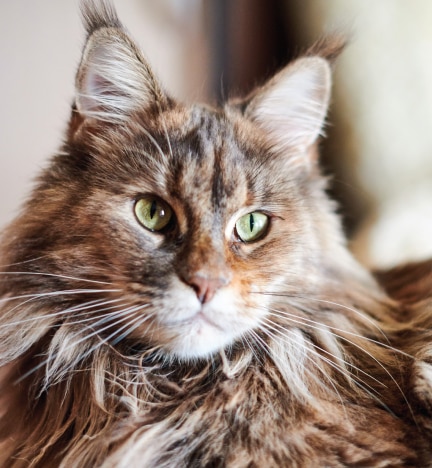
4. Maine Coon.
Maine Coons are more prone to digestive issues, with gastrointestinal conditions occurring about 25% more often than in the average cat—possibly due to their large size, heavy coats causing hairballs, or common dietary sensitivities. They're also twice as likely to develop ear conditions, likely linked to their large, tufted ears trapping debris and moisture. Additionally, they are around 70% more likely to ingest foreign objects, reflecting their playful, curious nature. Preventive care—like regular grooming, ear checks, and enriched environments—can help reduce the risk of these health issues.
Percentage of Maine Coons who claimed for these conditions in 2024:*
Skin Conditions: 2.7%
Gastroenteritis: 7.3%
Eye Infections: 2.8%
Ear Infections: 3%
5. Burmese.
Burmese cats are more prone than average to several health issues. Eye conditions are more than twice as common, likely due to inherited traits, and they're more than twice as likely to develop arthritis, possibly linked to their stocky build. Renal problems occur nearly three times as often, making regular blood and urine tests important. Their playful, curious nature also means they're almost twice as likely to swallow foreign objects. Routine check-ups and early screening are key to managing these risks and supporting long-term health.
Percentage of Burmeses who claimed for these conditions in 2024:*
Skin Conditions: 1.7%
Gastroenteritis: 5.7%
Eye Infections: 6%
Ear Infections: 0.8%

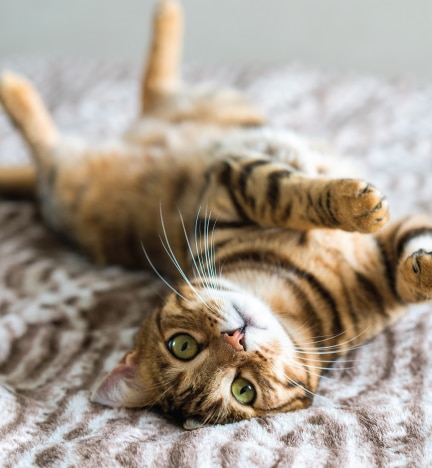
6. Bengal.
Bengal cats are generally healthier than average, but they're more prone to digestive issues—likely due to a fast metabolism and food sensitivities. They're also more than 1.5 times more likely to develop musculoskeletal problems, possibly from their high energy and muscular build. Their social nature and exposure in multi-cat settings raise the risk of infections, such as cat flu and FIP. Keeping an eye on gut health, joint mobility, and early signs of infection can help manage these risks.
Percentage of Bengals who claimed for these conditions in 2024:*
Skin Conditions: 2.1%
Gastroenteritis: 7.3%
Eye Infections: 3%
Ear Infections: 2.2%
7. Devon Rex.
Devon Rex cats are more susceptible to several health issues than the average cat. Digestive problems occur more than 50% more often, and they're more than twice as likely to develop ear conditions—likely due to their large, open ears that trap debris. Skin disorders are especially common, with rates more than three times higher, possibly linked to their fine, curly coat and delicate skin. Circulatory issues also appear more frequently, though the cause is unclear. Regular vet check-ups are key to managing these elevated risks.
Percentage of Devon Rex who claimed for these conditions in 2024:*
Skin Conditions: 8.6%
Gastroenteritis: 9%
Eye Infections: 5.5%
Ear Infections: 3.8%
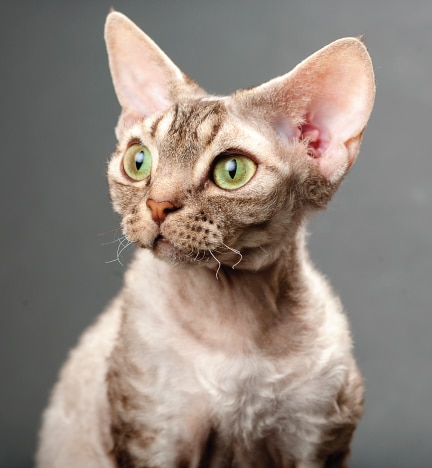
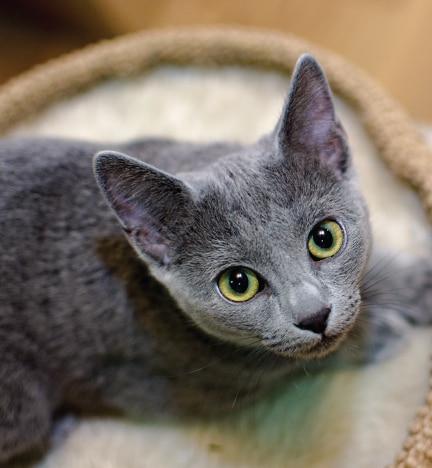
8. Russian Blue.
Russian Blues have slightly higher rates of digestive, urinary, and respiratory issues, with gut problems being especially common. Urinary troubles may be linked to their sensitivity to stress or changes in routine. Eye, ear, and also musculoskeletal issues are also a bit more frequent. On the plus side, they're less prone to heart disease and hyperthyroidism, likely thanks to their calm nature and steady activity levels. Though generally healthy and long-lived, regular check-ups—especially for digestive and urinary health—help catch problems early and support ongoing wellbeing.
Percentage of Russian Blues who claimed for these conditions in 2024:*
Skin Conditions: 2.5%
Gastroenteritis: 8.2%
Eye Infections: 3.2%
Ear Infections: 2.5%
9. Sphynx.
Sphynx cats are much more likely than average to develop heart murmurs and cardiomyopathy due to their limited gene pool. Their fast metabolism and lack of fur may also strain the heart. They're more than three times more prone to ear issues, as their large, hairless ears trap wax and debris. Skin problems are common, too, with exposed skin easily irritated or infected. Respiratory issues such as coughing and asthma-like symptoms occur nearly twice as often, likely from sensitive airways and an indoor lifestyle. Regular vet visits—especially for heart and skin health—are essential for early detection and ongoing care.
Percentage of Sphynx who claimed for these conditions in 2024:*
Skin Conditions: 4.4%
Gastroenteritis: 5.5%
Eye Infections: 4.7%
Ear Infections: 5.4%
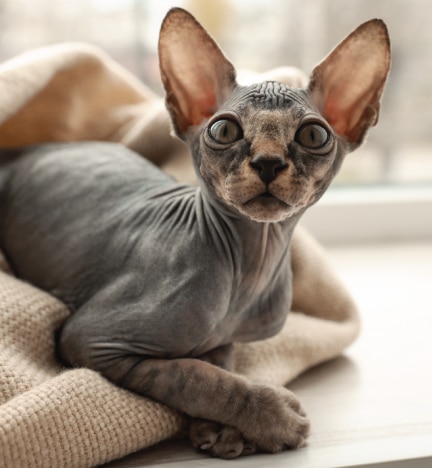

10. Siberian.
Siberian cats have a distinct health profile. They face gastrointestinal issues more often than other cats but show significantly lower rates of common problems, such as arthritis (more than two-thirds less), likely due to their strong build and active nature. While they do have slightly higher rates of benign tumors and illness such as cat flu, Siberians are generally hardy and robust. Their low risk of joint and respiratory issues reinforces their reputation as physically resilient, especially with regular exercise and a clean indoor environment.
Percentage of Siberians who claimed for these conditions in 2024:*
Skin Conditions: 2.7%
Gastroenteritis: 9.3%
Eye Infections: 2.2%
Ear Infections: 1%
* These insights are based on aggregated insurance PetSure claims data from 2024 and reflect the conditions reported in insured pets over a 12-month period. They are not predictive of individual outcomes and should not be used as a substitute for veterinary advice. Sample sizes vary by breed and are noted for context, but results may not be representative of all pets within a breed.
How Everyday Pet Insurance can help.
Unexpected vet bills can be stressful. Pet Insurance can help cover the costs of diagnosis, treatment, and medication for various health conditions.
Here are some benefits you can enjoy with your Everyday Pet Insurance policy:
Other articles you might like.
Help protect your loyal companion with Everyday Insurance and get 10% off an in-store Woolworths shop every month°
* These insights are based on aggregated insurance PetSure claims data from 2024 and reflect the conditions reported in insured pets over a 12-month period. They are not predictive of individual outcomes and should not be used as a substitute for veterinary advice. Sample sizes vary by breed and are noted for context, but results may not be representative of all pets within a breed.
You should consider the relevant Product Disclosure Statement or policy wording available from the relevant provider. Please note that values calculated are based on all claims for that condition and medically related conditions in each calendar year.
- text
-
† Offer available to new Everyday Pet Insurance policyholders, and is limited to 1 membership per eligible policy. The free membership offer (valued at $199p.a) is from the date of your policy commencement, provided your Everyday Pet Insurance policy remains active. You are not eligible to redeem the free membership subscription for cash or credit. VetAssist is a separate subscription based service to the Everyday Pet Insurance product, and is provided independently by Everyday Insurance third party service provider, VetChat Services Pty Ltd (VetChat). Click here for full VetAssist Service terms and conditions. Everyday Insurance reserves the right to vary or remove this offer at any time and will provide reasonable notice of any such changes.
- text
-
= The gap is defined as the difference between the vet's invoice and the claim benefit under your policy. Policy terms and conditions apply. GapOnly® is only available at participating Vets. Please visit GapOnly® to search for GapOnly® enabled vets. GapOnly® is a trademark owned by PetSure (Australia) Pty Ltd (PetSure) (ABN 95 075 949 923, AFSL 420183).
- text
-
** Offer is valid until 1 July 2026 (Offer Period). This entitles you to a 30% discount off your prescription medication purchase from PetScripts Pty Ltd ABN 73 610 444 427 (PetScripts) whilst your policy remains in force during the Offer Period and cannot be used in conjunction with any other offer. This offer only applies to medication prescribed to the pet insured under Everyday Pet Insurance Policies. Services provided by PetScripts are separate to your pet insurance policy. The 30% discount offer is subject to PetScripts' general Terms and Conditions, including the Privacy Policy which are available online at www.petscripts.com.au. Everyday Pet Insurance may withdraw or extend this offer at any time without notice.
- text
-
Everyday Pet Insurance policies entered into for the first time prior to 17 July 2023 and subsequent renewals of those policies are issued by The Hollard Insurance Company Pty Ltd ABN 78 090 584 473, AFSL 241436 (Hollard), arranged and administered by PetSure (Australia) Pty Ltd ABN 95 075 949 923, AFSL 420183 (PetSure) and promoted and distributed by Hollard’s Authorised Representative (AR) Woolworths Group Limited ABN 88 000 014 675, AR 245476 (Woolworths). Everyday Pet Insurance policies entered into for the first time on or after 17 July 2023 and subsequent renewals of those policies are issued by PetSure and promoted and distributed by PetSure’s AR, Woolworths. Any advice provided is general only and does not take into account your individual objectives, financial situation or needs. Please consider the Product Disclosure Statement (PDS) to ensure this product meets your needs before purchasing, or choosing to continue with the product. PDS and Target Market Determination available at insurance.everyday.com.au/pet-insurance.
